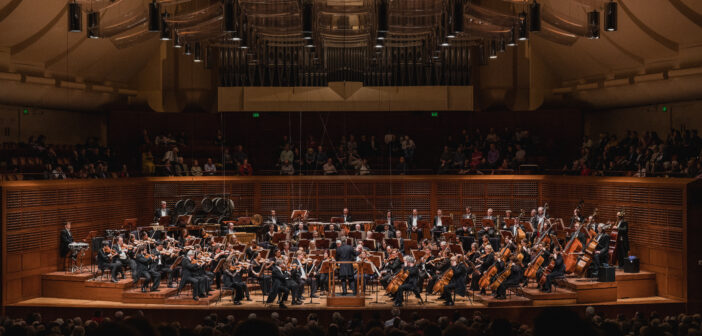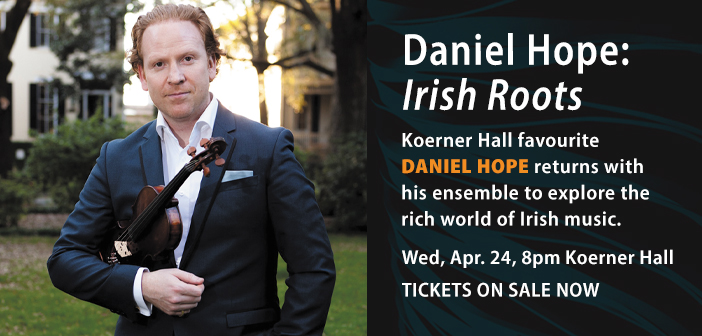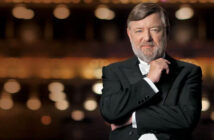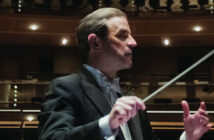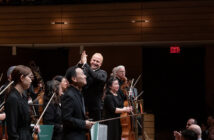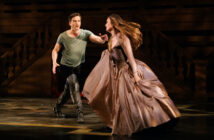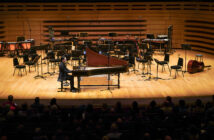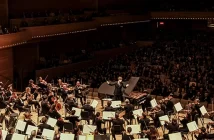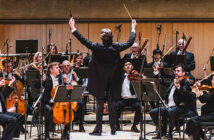Benjamin Britten’s “War Requiem” was magnificently performed this weekend by the San Francisco Symphony under the baton of Guest Conductor Phillipe Jordan, music director of the Vienna State Opera. (Thursday- Saturday, May 18-20, 2023). Fittingly it was the sole work on the program.
The score itself is within the grasp of all performers. Britten had a gift for communication with children, evident in works such as Young Person’s Guide to the Orchestra, an ability to write for performers of all levels of achievement (including amateurs). The Ragazzi Boys Chorus, the largest boys chorus in the Bay area, performed under the direction of Kent Jue. The San Francisco Symphony chorus performed under the direction of Joshua Habermann. Soloist Iain Bostridge, tenor and Iain Paterson, baritone, were named on the program brochure, albeit with a substitution on Saturday night. Soprano Jennifer Holloway’s lyrical interpretation was a veritable high point.
Visually, the production was a sight to behold. The orchestra members were seated on graduated, elevated platforms on stage. The choir loft brimmed. Screens were placed high enough and large enough for the audience to follow the subtitles. The chamber orchestra sat at the front of the stage. The choir’s hushed chanting emerged from the loft where the soprano stood at the centre. Below, keyboard, brass, gamelan, cymbals, chimes, whip, brass, and strings echoed bombardments. Rhythmic punctuation reinforced the emotional singing by the soloists, as the clickety clack of horses and whips drew out the ambience of WW1. Britten’s use of the tri tone (the diminished 5th outlawed in sacred music for its association with the devil during the time when Coventry was built) hovered like a cloud. The work continued for over an hour, relentlessly punctuated by many heartbreaking moments until
Conductor Jordan raised and held his hands in the air, as though reaching to the heavens, for what seemed like a very long pause. Gradually he lowered his arms to his sides, slowly and elegantly. The audience was initially speechless, reflecting without the usual coughs and murmurs. Then followed, eventually, thunderous applause.
Music is many things, including therapy. The San Francisco Symphony performance coincided with the Annual meeting of the American Psychiatry Association and a presentation on music as therapy for post-traumatic stress disorder. Presenting psychiatrist Dr Gene Nakajima spoke of Britten as a pacifist, influenced by his piano teacher Frank Bridges. Following his graduation from boarding school, Britten left England for the U.S. where he composed and performed with his companion, (Sir) Peter Pears. Britten elected to return to wartime England knowing there would be repercussions for his departure during wartime. Britten successfully pleaded before a tribunal for classification as a “conscientious objector”. Travels through England followed with companion (Sir) Peter Pears to perform, in lieu of active military service. After the war ended Britten accompanied Yehudi Menuhin (Baron Menuhin, KBE) to perform on the site of the Bergen Belsen concentration camp.
The emotional impact of the performance was profound. The entire execution was deliberate, focused, and precise. The plea for peace evokes pathos and pertinence today as in the past. It would be impossible to have come away unmoved by the music, the musicians, and the message.

